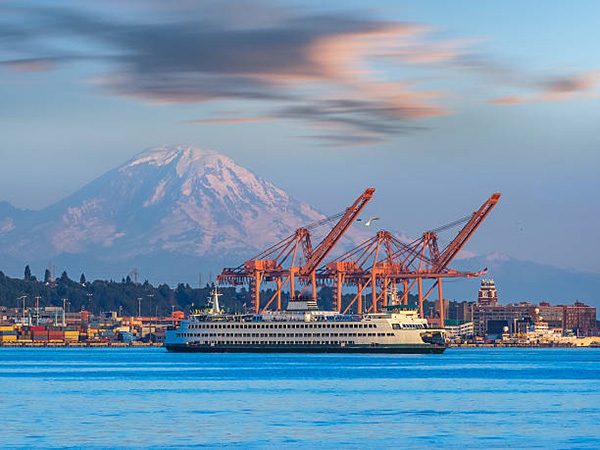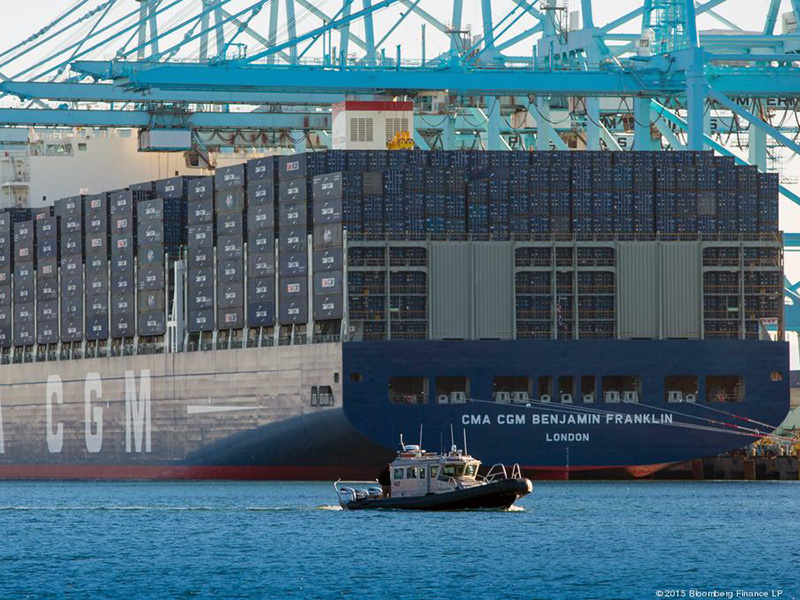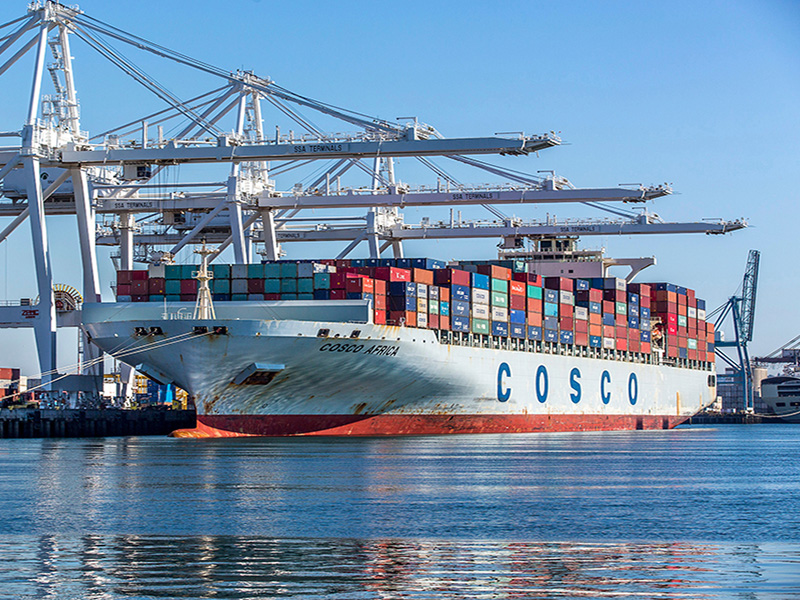Seattle Port Vessel Schedule APIs
Vessel Schedule APIs for Seattle Port Container Terminals
Seattle Port is a major hub for containerized goods in the Pacific Northwest region, providing vital connections to global trade routes. With the ever-evolving shipping industry, integrating innovative solutions like VesselMind APIs to access comprehensive vessel scheduling data for Seattle Port's terminals is crucial for ensuring efficient and reliable operations for your business.

Terminals supported in VesselMind APIs
Here is an overview of the four container terminals at the Port of Seattle:
- Terminal 5: Located in West Seattle, Terminal 5 is operated by SSA Marine and is currently being modernized. Once completed, it will feature up to eight ship-to-shore cranes on two berths, and on-dock rail facilities, making it capable of handling the largest container vessels in the world.
- Terminal 18: Situated on Harbor Island, Terminal 18 is the largest container terminal in the Seattle Harbor. Operated by SSA Marine, it has eight gantry cranes, on-dock rail facilities, and state-of-the-art technology for managing containerized cargo. Terminal 18 is capable of handling various vessel sizes and types.
- Terminal 30: This container terminal, located in the East Waterway of the Seattle Harbor, is operated by SSA Marine. Terminal 30 handles containerized cargo and features four gantry cranes, on-dock rail facilities, and advanced tracking systems for efficient cargo handling.
- Terminal 46: Operated by Total Terminals International (TTI), Terminal 46 is located on the East Waterway of the Seattle Harbor. The terminal has six gantry cranes, on-dock rail facilities, and utilizes advanced technologies for managing containerized cargo, ensuring efficient and productive operations.
- Terminal 25: Terminal 25, located in the East Waterway of the Seattle Harbor, is a smaller container terminal that mainly handles domestic cargo. While it is not as large or well-equipped as the other terminals mentioned earlier, it still plays an important role in the regional logistics and transportation network.
Seattle Port: A Technical Overview
Port of Seattle is a major seaport located in Seattle, Washington, serving as a strategic gateway for containerized cargo in the Pacific Northwest. The port facilitates a wide range of goods, including containers, breakbulk, and bulk cargo. Here's an in-depth look at the technical aspects of Seattle Port and its terminals:
- UN/LOCODE: The United Nations Code for Trade and Transport Locations (UN/LOCODE) for the Port of Seattle is
USSEA. - Terminals: Seattle Port comprises several container terminals, including Terminal 5, 18, and 46, operated by different companies, such as SSA Marine and the Northwest Seaport Alliance.
- Berths: The port features multiple berths across its terminals, accommodating a wide variety of vessel sizes and types.
- Container Handling Equipment: Seattle Port is equipped with modern container handling equipment, including ship-to-shore cranes, rubber-tired gantry cranes, and yard equipment.
- Storage Capacity: The port has extensive container storage capacity, including specialized areas for handling refrigerated containers and hazardous materials.
- On-Dock Rail Facilities: The port features direct on-dock rail connections, providing efficient intermodal transfers for both BNSF Railway and Union Pacific Railroad.
- Security: Seattle Port adheres to the highest security standards, implementing advanced security measures such as perimeter fencing, surveillance cameras, access control systems, and regular security patrols.
- Environmental Commitment: The Port of Seattle is committed to minimizing its environmental footprint by employing sustainable practices and investing in eco-friendly technologies, such as shore power for visiting vessels.
How do I access the Vessel Schedule APIs for Seattle Port?
To access the Vessel Schedule APIs for the Port of Seattle's terminals, you can take a look at our developer page at /developers. Our APIs are designed to be user-friendly, allowing you to start receiving results in under 2 minutes!
The developer page includes comprehensive documentation and code samples for all major programming languages, making it easy to integrate the Vessel Schedule APIs into your existing systems. With VesselMind APIs, you'll gain access to accurate, up-to-date vessel schedules for Seattle Port, ensuring seamless operations and efficient logistics management.
VesselMind APIs: Vessel Scheduling for Seattle Port Terminals
VesselMind APIs provide a comprehensive solution for accessing vessel schedules at Seattle Port's terminals, simplifying data management and ensuring smooth operations for all stakeholders. By integrating seamlessly with the port's existing systems, VesselMind APIs deliver a host of advantages for terminal operators, shipping lines, and other participants in the shipping process.
- Real-time vessel schedule updates: VesselMind APIs provide up-to-the-minute vessel schedule information, enabling terminal operators to efficiently manage berthing windows and resources. Shipping lines can also leverage real-time updates to optimize their route planning and enhance overall efficiency.
- Data consolidation and standardization: VesselMind APIs offer a single platform for accessing vessel schedules at Seattle Port terminals, streamlining data management and ensuring stakeholders receive standardized and accurate information. This approach minimizes manual data entry and the risk of errors, resulting in more reliable and timely data.
- Improved collaboration and communication: VesselMind APIs foster better communication and collaboration among terminal operators, shipping lines, and other stakeholders, as they can access and share the same real-time data. This enhanced flow of information helps identify potential bottlenecks and enables faster decision-making.
- Customizable data access: VesselMind APIs offer flexible data access options, allowing users to tailor the information they receive based on their specific needs. Users can filter and search for data using various criteria, such as terminal, shipping line, or vessel type, ensuring they have the most relevant and useful information at their fingertips.
- Scalability and reliability: As the shipping industry continues to grow and evolve, VesselMind APIs provide a scalable and reliable solution for managing vessel schedules at Seattle Port terminals. The robust infrastructure can handle large volumes of data and traffic, ensuring terminal operators and shipping lines can confidently rely on the system as their businesses expand.

Summary

VesselMind APIs offer a powerful and versatile solution for accessing vessel schedules at Seattle Port terminals. By providing real-time updates, streamlining data management, and fostering better collaboration among stakeholders, VesselMind APIs contribute to more efficient and productive operations at Seattle Port terminals. Embracing innovative solutions like VesselMind APIs can help Seattle Port maintain its competitive edge and continue to serve as a vital hub for global trade and commerce.
